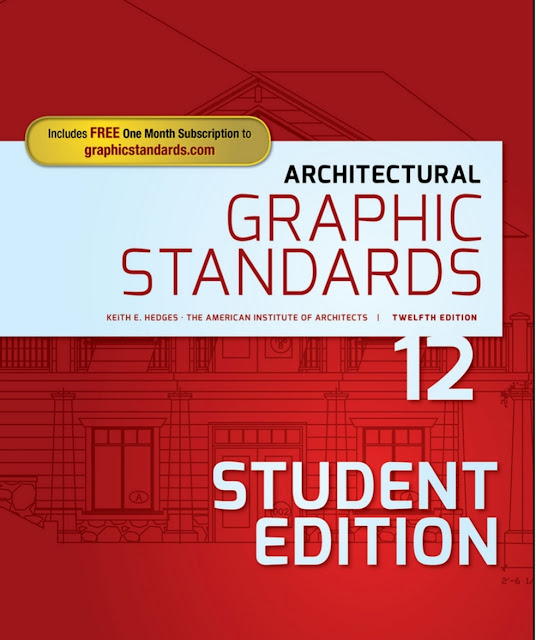ARCHITECTURAL GRAPHIC STANDARDS
As the go-to book for architects for over eight decades, Architectural Graphic Standards (AGS) provides a unique barometer for measuring change within the industry: tracking and assimilating shifts and innovations within the design /construction sector with each new edition. Change has never been more apparent or intense than in the last two decades, as the widespread adoption of technology has prompted significant transformation of the industry.
This has had a far-reaching impact not only on the medium in which buildings are designed and constructed, but also on processes, standards, analytics, and ways of delivering professional services. Changes encompass the expansion of project delivery methods and role changes; new building codes and industry practices, which have been extended to include accessibility, sustainability, and building resilience guidelines; new building products and construction methods; and an evolution of new and expanded building information management organizational standards.
While all these changes are significant in the evolution of architectural graphics and the standards of practice of the architect, the expanding range of practice tools now available to architectural professionals has had a much more far-reaching effect. Only three decades ago, architects labored over drafting boards, producing so-called “working drawings” for the purpose of providing the contractor with a complete set of instructions on how to put together the building.
Specifications were carefully written to reflect materials and methods of construction. However, as design professionals sought to shift liability away from themselves for the construction issues and new design and production tools increased production efficiency and the ability to manage building information, the final work product of the architect has evolved into “design intent” documentation. This type of construction document is more generic and highly dependent upon contractor coordination
drawings and manufacturer’s information, in order to explain the actual building construction. Building codes have recognized these changes in construction documents and have codified some building product manufacturers’ installation instructions, as requirements to provide the minimum information necessary to construct buildings and to protect the health, safety, and welfare of the public.
DOWNLOAD :- HERE
